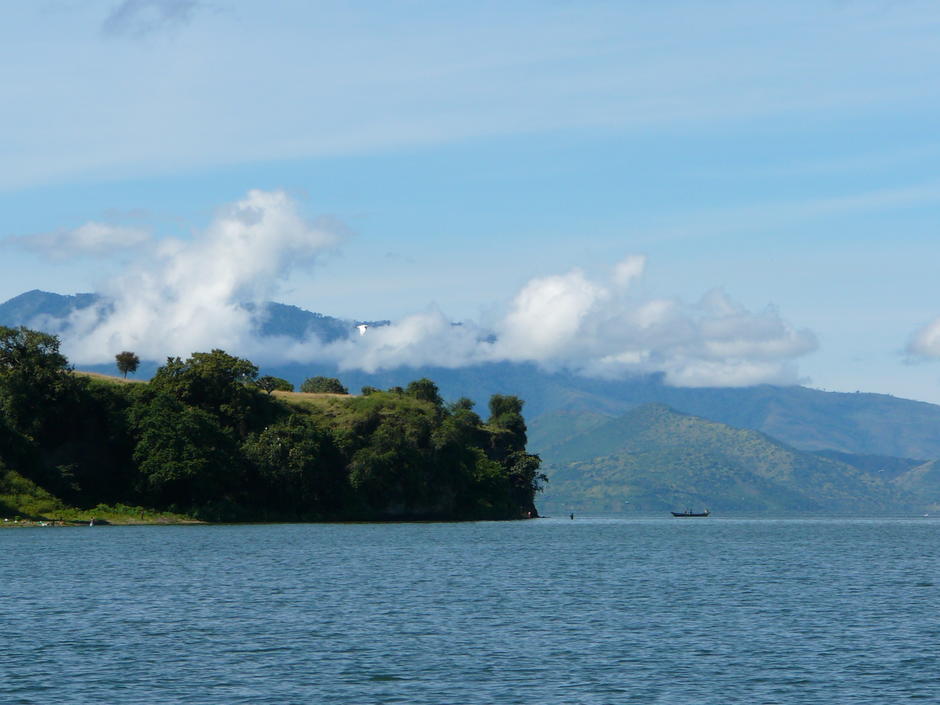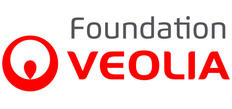
Humanitarian & development
- Location:
Rusinga Island (Kenya) - Sponsor:
Camille Beaupin - Grant:
20,000 € to the Committee on 18/10/2023
Project Leader
Comité de Jumelage, d'Echanges et d'Amitié entre les Peuples de la Ville d'Alénya (CJEAPVA)
Photo © Ryan Harvey
Created in 2005, the Comité de jumelage d'Alénya (Alénya Twinning Committee) was set up to coordinate the town's two twinning arrangements with Celrà in southern Catalonia and Naivasha in Kenya. Over the years, the relationship with Naivasha has evolved towards international cooperation projects focusing on water, health and education. Over the past twenty years, five major cooperation projects have been carried out in Kenya.
Today, over 80 members are mobilized throughout the year, notably to train Kenyans and raise their awareness of water issues, and to raise funds from donors. In 2023, the association is focusing its attention on Rusinga, a Kenyan island on Lake Victoria, in the county of Homa Bay. The population draws its water directly from the lake, even though it is unfit for consumption. And the chore of fetching water falls exclusively on women and girls.
An infrastructure project to purify and distribute water
To put an end to this situation, the Comité de jumelage d'Alénya has launched an infrastructure project to supply the island with water. The water will be taken from the lake in a protected area away from human activity, more than 100 m from the shore and at a depth of eight meters. A solar array will power the pump, covering an area of 100 m2. The aim is to pump 120 m3 per day, counting six hours of sunshine. A 125 mm-diameter pipeline will carry the water to the main reservoir, located at an altitude of 1,240 m and 2 km from the pumping station. The main reservoir will have a capacity of 200 m3. The treatment plant will be set up close to the main reservoir, on a 300 m2 public plot, and will include a building and fencing. Potabilization will be achieved by filtration (sand, carbon) and chlorination. From here, a distribution network of around 10 km will supply five public water supply points: four schools and a hospital.
Particular attention will be paid to the Kaswanga girls' secondary school, which currently has over two hundred pupils. The school's boarding facilities are poorly equipped. Connection to the network will improve access to drinking water at all times, both for cooking and for sanitary facilities (showers and washbasins).
An infrastructure project to purify and distribute water
Training modules will be offered to future managers of the equipment to help them get to grips with management. The aim is to ensure the long-term viability of the facilities, and to encourage the local water authority's teams to take ownership of the technical, organizational, financial and administrative resources at their disposal. The system is expected to be a source of revenue and thus contribute to the local economy.

